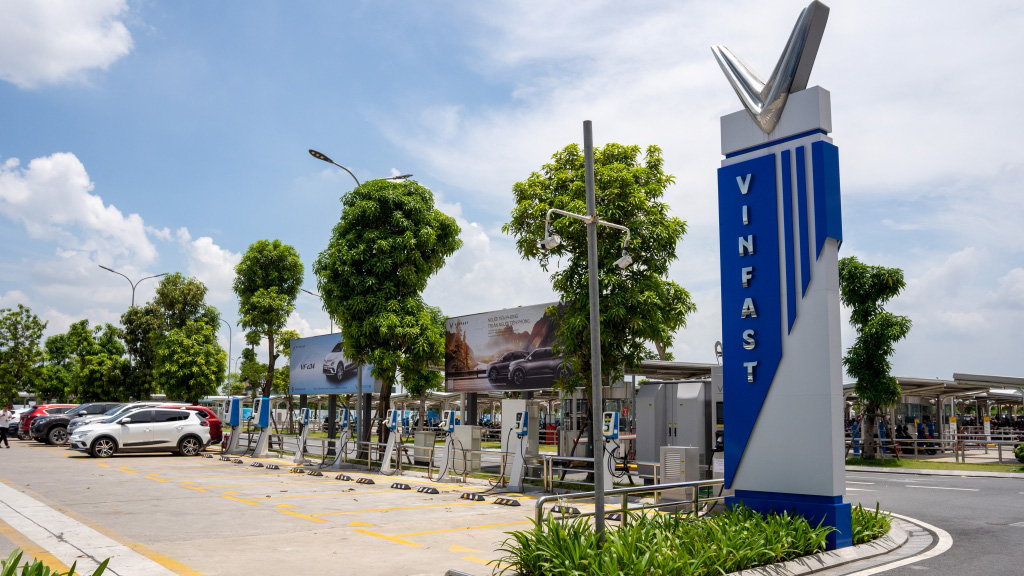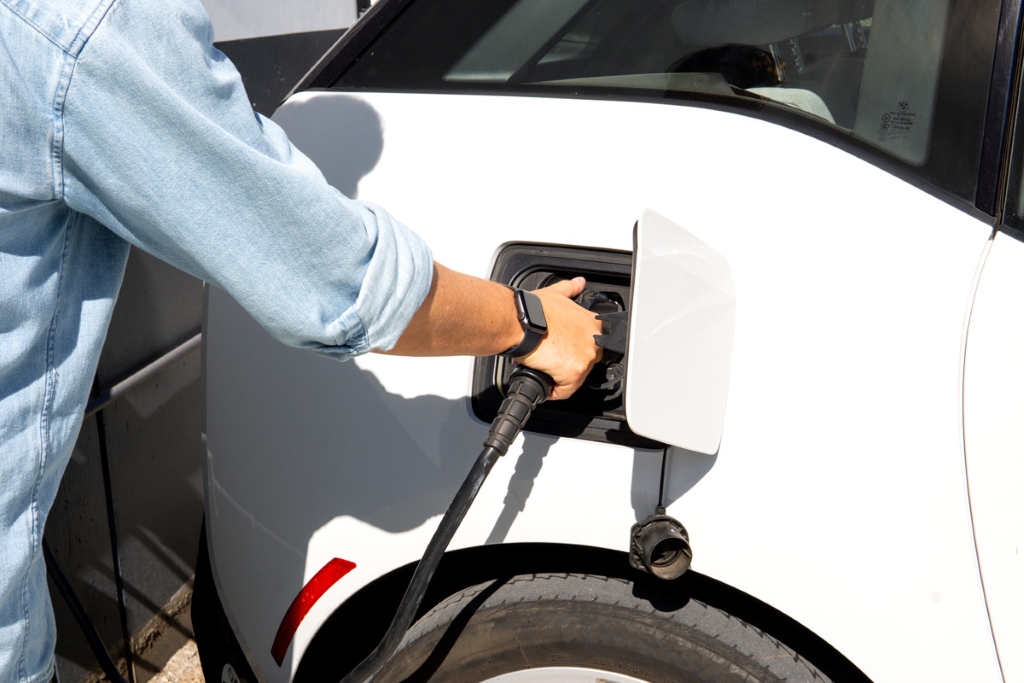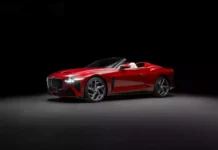VinFast solves the dual challenge of charging stations in Vietnam
Since announcing its focus on the development of electric vehicles, VinFast has been aware of the importance of building a charging station network by investing hundreds of millions of USD in infrastructure. In a short period of time since delivering the first pure electric vehicle VF e34, VinFast’s electric vehicle charging system has covered all 63 provinces and cities.
This achievement was confirmed when, from March 2022, two VinFast VF e34 vehicles completed a cross-country journey. Starting from Hanoi, traveling over 1,970 km, with 11 charging stops and rest breaks, the two electric vehicles reached Ho Chi Minh City after 48 hours. It can be said that VinFast has successfully completed the first step of “widening” the charging stations for electric vehicles.
However, the challenge does not stop there, as the demand for electric vehicles varies in each location. Similar to most car models, usually, the ownership and use of electric vehicles in big cities and central areas are higher, which demands a larger number of charging stations.
 VinFast’s public charging system has been present in 80/85 cities with a distance between stations of no more than 3.5km.
VinFast’s public charging system has been present in 80/85 cities with a distance between stations of no more than 3.5km.
That is why, after “widening” the charging station network nationwide, VinFast continues to target the second goal of “deepening” it. Up to now, VinFast’s public charging system has been present in 80 out of a total of 85 cities nationwide. The distance between two charging stations in urban areas is no more than 3.5 km, allowing customers to reach a charging station within a few minutes.
Therefore, VinFast is gradually providing a solution to both challenges in the electric vehicle charging station network. VinFast’s charging system has been deployed on 106 national highways and expressways, with various power capacities, from regular charging to super-fast charging, making it easy and convenient to travel long distances between provinces by electric vehicles. In cities and central areas, customers can easily find charging stations everywhere, from public parking lots, shopping centers to apartments, office buildings, etc.
Combined with the use of home chargers, VinFast electric vehicle owners can confidently travel on any journey throughout the country. This is a huge advantage for VinFast compared to other competitors who are also planning to introduce electric vehicles in Vietnam but have not yet solved the dual challenge of charging stations.
VinFast’s charging station system puts Vietnam in the forefront of electric vehicle infrastructure
VinFast’s investment in the charging station system demonstrates a strategic and long-term vision for the development of electric vehicles in the Vietnamese market. This also showcases the global scale of VinFast as a Vietnamese electric vehicle manufacturer, as they look beyond the country’s borders and acknowledge that building charging infrastructure is still in its early stages.
The United States is one example. Being considered a leading country in electric vehicle development and having good infrastructure, the US is still facing many challenges regarding the charging station problem. One of them is meeting the demand for electric vehicle charging in large cities, central areas, or particularly in high-rise apartment buildings, where the density of electric vehicle usage is high.
 The US, a developed country in electric vehicles, is still facing a lack of charging stations.
The US, a developed country in electric vehicles, is still facing a lack of charging stations.
To promote the installation of charging stations in residential buildings, over ten states in the US have passed the Right To Charge Act. The requirements vary by state, but they all prohibit building owners and homeowner associations from preventing residents from installing and using electric vehicle chargers in residential buildings, while also specifying standardized installation requirements.
In Europe, the second-largest electric vehicle market in the world, the UK has enacted modified building regulations for the installation of charging points or cable routes, effective from June 2022. New residential areas are required to have charging points for electric vehicles, and residential areas with more than 10 parking spaces must have at least one electric vehicle charger.
In Norway, known as the “electric vehicle capital” of Europe, since 2016, the Ministry of Transport and Communications has mandated that a minimum of 6% of parking spaces in new buildings and parking lots must be equipped for electric vehicle charging.
 Charging electric vehicles in Singapore depends almost entirely on public charging stations.
Charging electric vehicles in Singapore depends almost entirely on public charging stations.
In Asia, Singapore is a country with similarities to major cities in Vietnam, as the majority of its 5.4 million population lives in high-rise apartments. Therefore, charging electric vehicles almost entirely relies on public charging stations. The Singaporean government is making great efforts to achieve the goal of having 40,000 public charging ports by 2030.
One of the solutions proposed by the Singaporean government is the enactment of electric vehicle charging laws, which require new buildings to install chargers in at least 1% of their parking spaces. Additionally, charging infrastructure must also meet the corresponding power requirements.
Anh Quan (forum.autodaily.vn)






































